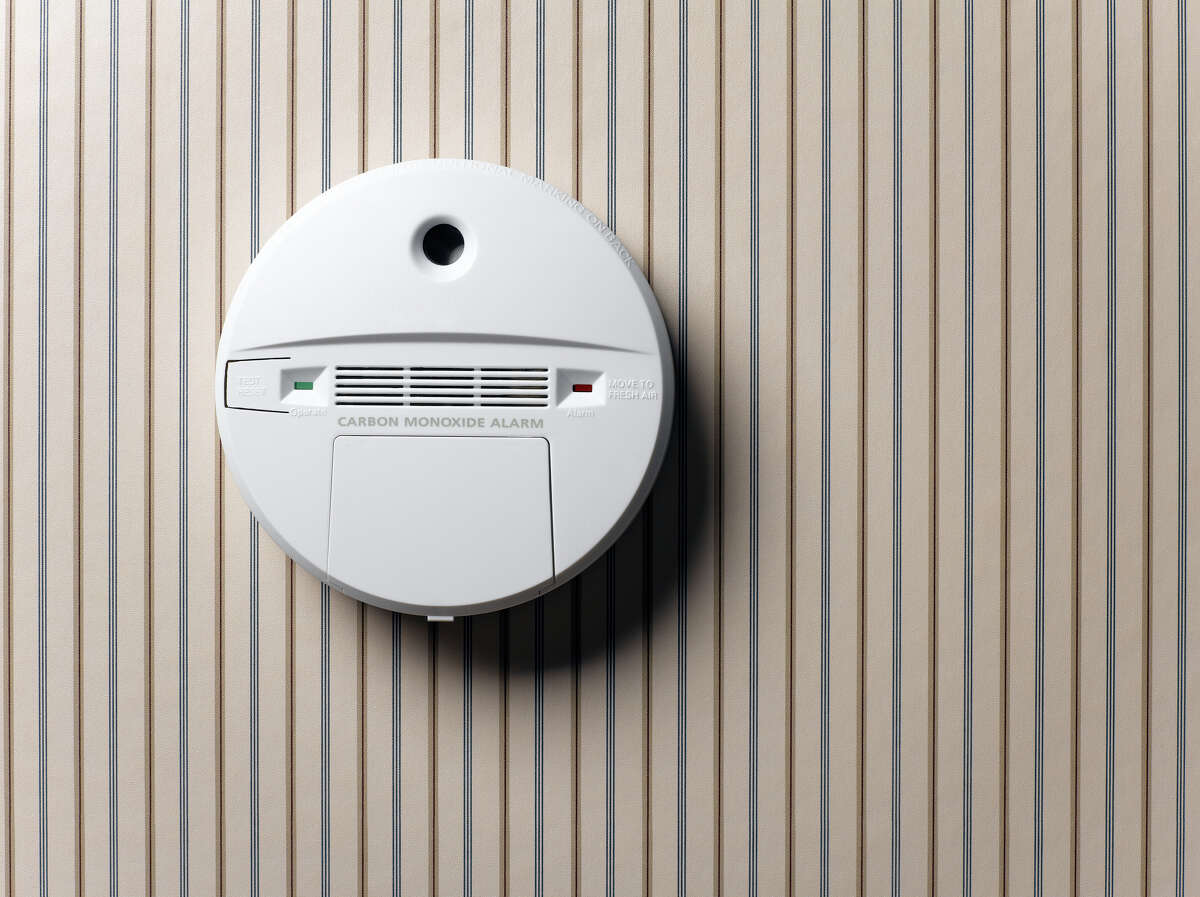

Articles
How Do I Dispose A Carbon Monoxide Detector
Modified: February 23, 2024
Looking to dispose of a carbon monoxide detector safely? Read our informative articles for step-by-step instructions and proper disposal methods.
(Many of the links in this article redirect to a specific reviewed product. Your purchase of these products through affiliate links helps to generate commission for Storables.com, at no extra cost. Learn more)
Introduction
Carbon monoxide detectors are essential devices that help protect us from the dangers of carbon monoxide gas. Carbon monoxide, also known as CO, is a colorless, odorless gas that is produced by the incomplete burning of fossil fuels such as natural gas, propane, and gasoline. This gas can be extremely harmful and even fatal if inhaled in high concentrations. Therefore, having a properly functioning carbon monoxide detector in your home is crucial for your safety and the safety of your loved ones.
In order to ensure that your carbon monoxide detector is effective, it is important to understand how they work and when they need to be replaced. Carbon monoxide detectors have a lifespan of around 5-7 years, after which they may lose their effectiveness in detecting the gas. In addition, some detectors have built-in expiration indicators that let you know when it is time to replace them. But what should you do with your old, expired carbon monoxide detector? Can you simply toss it in the trash? In this article, we will explore the proper disposal methods for carbon monoxide detectors to ensure that you are handling them safely and responsibly.
Key Takeaways:
- Properly disposing of expired carbon monoxide detectors is crucial for safety and environmental responsibility. Follow local regulations, recycle if possible, and never attempt to dismantle the detectors yourself.
- Regularly testing and replacing carbon monoxide detectors according to their lifespan is essential for maintaining a safe living environment. Always handle disposal responsibly and consider recycling options.
Read more: When Do I Need A Carbon Monoxide Detector
Understanding Carbon Monoxide Detectors
Before we dive into the proper disposal methods for carbon monoxide detectors, it is important to have a basic understanding of how these devices work. Carbon monoxide detectors are designed to measure the levels of carbon monoxide gas in the air and emit an alarm when dangerous levels are detected.
There are two main types of carbon monoxide detectors: battery-powered and hardwired. Battery-powered detectors are standalone units that rely on batteries for power. They are easy to install and can be placed in any room of your home. Hardwired detectors, on the other hand, are interconnected with your home’s electrical system and usually have a battery backup for continuous monitoring.
Both types of detectors have sensors that can detect the presence of carbon monoxide gas in the air. When the sensor detects a high level of carbon monoxide, it triggers an alarm to alert you to the potential danger. Some detectors also have additional features, such as digital displays that show the current levels of carbon monoxide, and the ability to connect to your smartphone for real-time notifications.
It is important to test your carbon monoxide detector regularly to ensure that it is functioning properly. Most detectors have a test button that you can press to activate the alarm for a brief period. If the alarm does not sound or the test fails, it may be a sign that your detector needs to be replaced.
Identifying an Expired Detector
To ensure that your carbon monoxide detector is effective in detecting the gas, it is crucial to be aware of when it has reached its expiration date. Most carbon monoxide detectors have a lifespan of around 5-7 years, after which they may no longer provide accurate readings or emit reliable alarms.
Some detectors have built-in expiration indicators that will display a message or emit a specific sound when it is time to replace them. These indicators can vary depending on the brand and model of the detector, so it is important to check the manufacturer’s instructions for specific details. If your detector does not have an expiration indicator, it is recommended to replace it after 5-7 years to ensure its effectiveness.
In addition to expiration indicators, there are a few other signs that may indicate that your carbon monoxide detector has expired:
- Frequent false alarms: If your detector is constantly alarming for no apparent reason, it may be a sign that it has reached the end of its lifespan. Expired detectors may become more sensitive and trigger false alarms.
- Old model: If you have been using the same carbon monoxide detector for many years and it is not equipped with the latest features, it is a good idea to replace it with a newer model to ensure optimal performance and safety.
- No response to the test button: If your detector does not sound the alarm when you press the test button, it may be a sign that it is no longer functioning properly and needs to be replaced.
- Damage or wear: If your carbon monoxide detector is physically damaged, has loose connections, or shows signs of wear and tear, it is important to replace it to ensure its reliability.
By staying vigilant and regularly checking the condition and expiration date of your carbon monoxide detector, you can help ensure that it is always in proper working order to protect you and your family from the dangers of carbon monoxide gas.
Disposing of Battery-Powered Detectors
When it comes time to dispose of a battery-powered carbon monoxide detector, it is important to handle it properly to ensure the safety of both yourself and the environment. Here are the steps to follow for the proper disposal of battery-powered carbon monoxide detectors:
- Remove the batteries: Before disposing of the detector, make sure to remove the batteries. This ensures that the detector cannot accidentally be activated and potentially emit false alarms.
- Check local regulations: Different regions may have specific regulations and guidelines for the disposal of electronic devices. It is important to check with your local waste management facility or municipality to understand the proper procedures for disposing of battery-powered carbon monoxide detectors.
- Recycle if possible: Many areas have electronic waste recycling programs that accept battery-powered devices. Check if your local recycling facility accepts carbon monoxide detectors, and if so, follow their instructions for recycling electronic devices.
- Dispose with household waste as a last resort: If you are unable to recycle the detector, you may be able to dispose of it with your regular household waste. However, it is important to check with your local waste management facility first to ensure that it is safe to do so.
Remember, never attempt to open or dismantle a carbon monoxide detector yourself. These devices contain sensitive components and potentially hazardous materials that should only be handled by professionals.
By following these steps, you can ensure the proper disposal of battery-powered carbon monoxide detectors, reducing the potential environmental impact and ensuring that the devices are handled safely and responsibly.
When disposing of a carbon monoxide detector, check the manufacturer’s instructions for proper disposal methods. Many detectors can be safely disposed of in regular household waste, but some may require special handling due to the small amount of radioactive material inside.
Disposing of Hardwired Detectors
Disposing of hardwired carbon monoxide detectors requires a slightly different approach compared to battery-powered detectors. Here are the steps to follow for the proper disposal of hardwired carbon monoxide detectors:
- Turn off the power: Before you begin the disposal process, it is important to turn off the power to the hardwired carbon monoxide detector. Locate the circuit breaker or fuse that controls the detector and switch it off to cut off the power supply.
- Disconnect the detector: Once the power is turned off, you can safely disconnect the hardwired carbon monoxide detector from the electrical system. Follow the manufacturer’s instructions or consult with an electrician if you are unsure about the proper disconnection process.
- Remove the backup battery: Some hardwired detectors have a backup battery that provides power during a power outage. Make sure to remove this battery before disposing of the detector.
- Check local regulations: Just like with battery-powered detectors, check with your local waste management facility or municipality to see if there are any specific regulations or guidelines for disposing of hardwired carbon monoxide detectors.
- Recycle if possible: If your local recycling facility accepts electronic devices, inquire if they accept hardwired carbon monoxide detectors. Follow their instructions for recycling electronic devices accordingly.
- Dispose of as electronic waste: If recycling is not an option, dispose of the hardwired detector as electronic waste according to your local waste management facility’s guidelines. Safely package the detector in a way that prevents any potential harm during transportation and disposal.
Note that hardwired carbon monoxide detectors may also have additional components, such as interconnection wires or mounting brackets. These components should be properly disposed of along with the detector itself.
By following these steps, you can ensure the proper disposal of hardwired carbon monoxide detectors, promoting environmental responsibility and safety.
Read more: What Does A Carbon Monoxide Detector Do
Properly Disposing of Expired Detectors
When your carbon monoxide detector has reached its expiration date and is no longer effective in detecting the gas, it is important to handle its disposal properly. Here are the steps to follow for the proper disposal of expired detectors:
- Remove the batteries: Before getting rid of the expired detector, remove the batteries from the device. This will prevent any unintentional activation or false alarms.
- Check local regulations: Different areas may have specific regulations governing the disposal of expired carbon monoxide detectors. Contact your local waste management facility or check their website to understand the proper procedures and guidelines for disposing of such devices.
- Follow electronic waste disposal guidelines: In many cases, expired carbon monoxide detectors are classified as electronic waste due to the presence of electronic components. If your local recycling facility accepts electronic waste, follow their guidelines for proper disposal of expired detectors.
- Look for manufacturer programs: Some manufacturers have programs in place to accept and properly dispose of their expired detectors. Check the manufacturer’s website or contact their customer service to inquire about any disposal programs they offer.
- Dispose with household waste as a last resort: If recycling or manufacturer programs are not available in your area, you may need to dispose of the expired detector with your regular household waste. However, it is important to check with your local waste management facility first to ensure that it is permitted.
It is crucial to never attempt to open or dismantle an expired carbon monoxide detector yourself, as it may contain hazardous materials or components that should only be handled by professionals.
By following these steps, you can ensure the proper disposal of expired carbon monoxide detectors, minimizing any potential harm to the environment and ensuring responsible waste management.
Recycling Carbon Monoxide Detectors
Recycling your carbon monoxide detectors is an eco-friendly way to dispose of them and ensure that their components are properly handled. Recycling helps to minimize waste, conserve resources, and prevent hazardous materials from ending up in landfills. Here are the steps to follow for recycling carbon monoxide detectors:
- Check local recycling facilities: Research and contact local recycling facilities or electronic waste recycling centers to inquire about their policies regarding the recycling of carbon monoxide detectors. Some facilities may accept these devices, while others may have specific requirements for acceptance.
- Prepare the detector for recycling: Before taking the detector to a recycling facility, make sure to remove all batteries from the device. This step ensures the safety of those handling the detectors and prevents any potential battery leakage during the recycling process.
- Follow recycling facility guidelines: Once you have confirmed that the recycling facility accepts carbon monoxide detectors, follow any specific guidelines they provide. This may include packaging the detector in a specific manner or providing additional information about the device.
- Consider manufacturer recycling programs: Some manufacturers have their own recycling programs in place. Check the manufacturer’s website or contact their customer service to inquire if they offer any recycling programs for their carbon monoxide detectors. Follow their instructions for returning the expired or unwanted detectors.
- Dispose of non-recyclable components separately: In some cases, the recycling facility may only accept certain parts of the carbon monoxide detector. If there are components that cannot be recycled, such as plastic casings or other non-recyclable materials, dispose of them according to your local waste management regulations.
Recycling carbon monoxide detectors helps promote sustainability and reduces the environmental impact of electronic waste. By following these steps and properly recycling your carbon monoxide detectors, you can contribute to a cleaner and healthier planet.
Conclusion
Properly disposing of carbon monoxide detectors is essential for the safety of both individuals and the environment. These devices play a crucial role in detecting the presence of carbon monoxide gas, a silent and deadly threat. By understanding when a detector has expired and how to responsibly dispose of it, you can ensure that your home remains protected and that the device does not contribute to unnecessary waste.
Whether you have a battery-powered or hardwired carbon monoxide detector, it is important to follow the appropriate disposal guidelines. Begin by removing the batteries from battery-powered detectors and disconnecting hardwired detectors from the electrical system. Checking local regulations and consulting with recycling facilities can help you determine the best method for disposing of your expired detectors.
Recycling is an environmentally friendly option whenever possible. Many recycling facilities accept electronic waste, including carbon monoxide detectors. Additionally, some manufacturers offer recycling programs for their devices. Taking advantage of these programs ensures that the detectors are properly handled and that their components can be recycled or repurposed.
Remember, the expiration of a carbon monoxide detector is an indication that it may no longer provide accurate readings or emit reliable alarms. Regularly testing and replacing detectors according to their recommended lifespan is crucial to maintaining a high level of safety in your home. By properly disposing of expired detectors, you play an active role in maintaining a safe and healthy living environment for yourself and your loved ones.
By taking the time to understand the proper disposal methods for carbon monoxide detectors and following through with responsible actions, you contribute to a sustainable future and ensure the ongoing protection of your household. Stay informed, stay safe, and stay committed to responsible waste management.
Frequently Asked Questions about How Do I Dispose A Carbon Monoxide Detector
Was this page helpful?
At Storables.com, we guarantee accurate and reliable information. Our content, validated by Expert Board Contributors, is crafted following stringent Editorial Policies. We're committed to providing you with well-researched, expert-backed insights for all your informational needs.
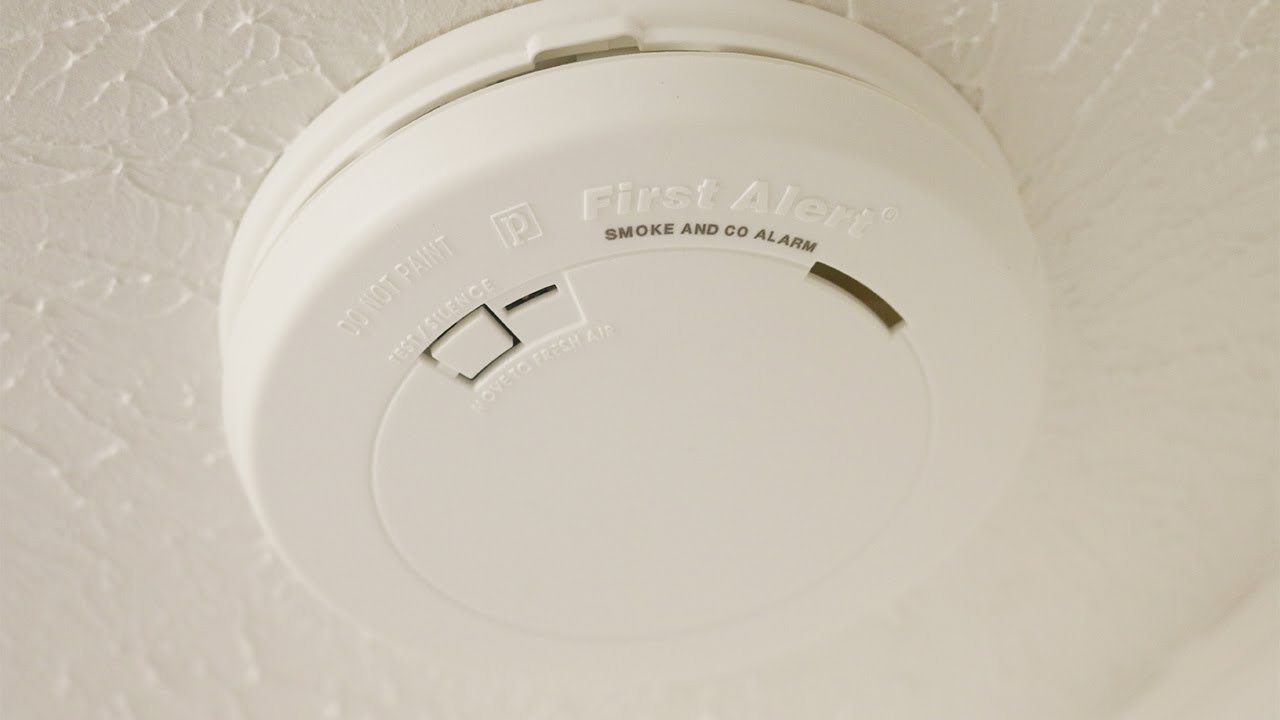
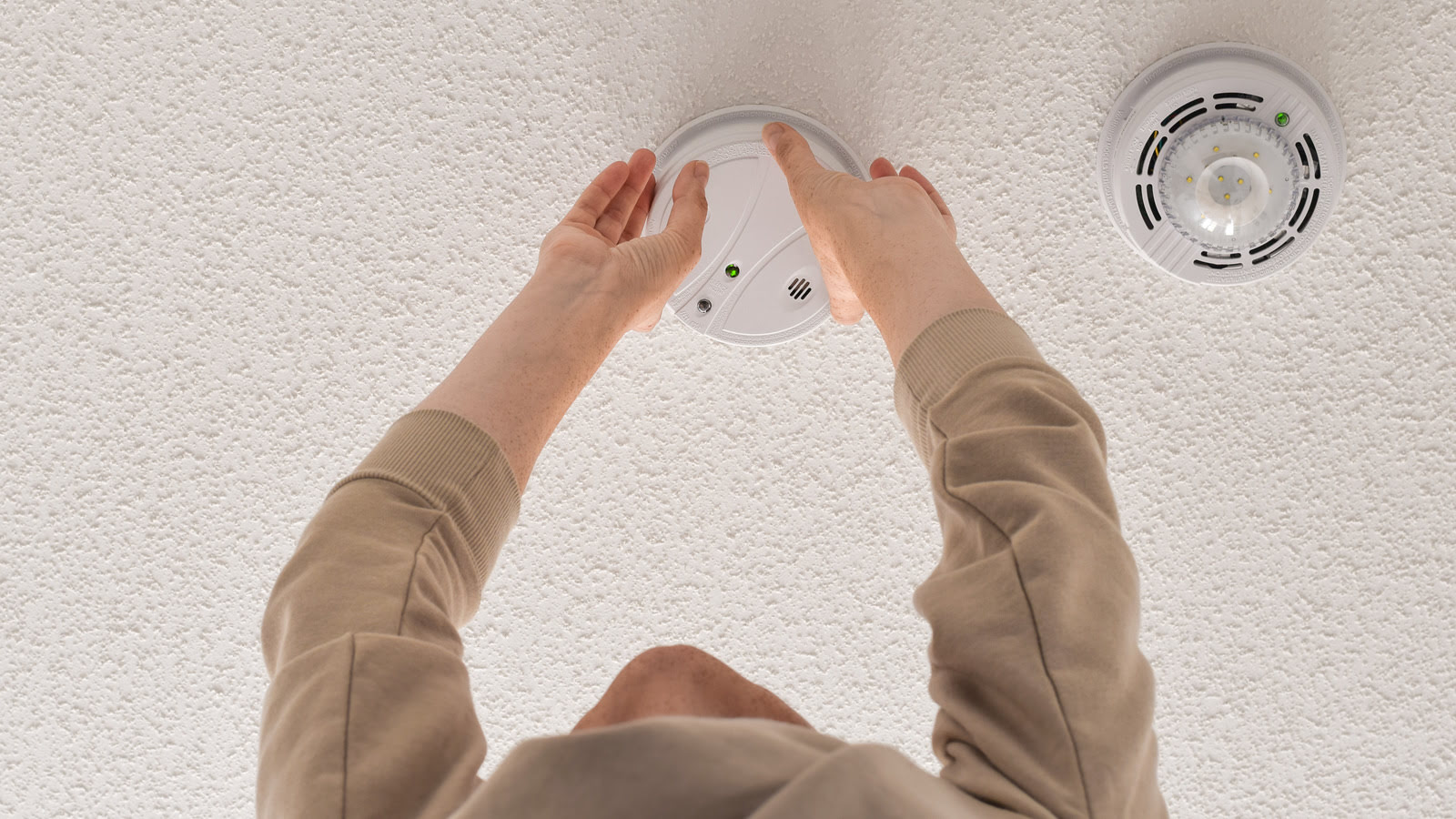
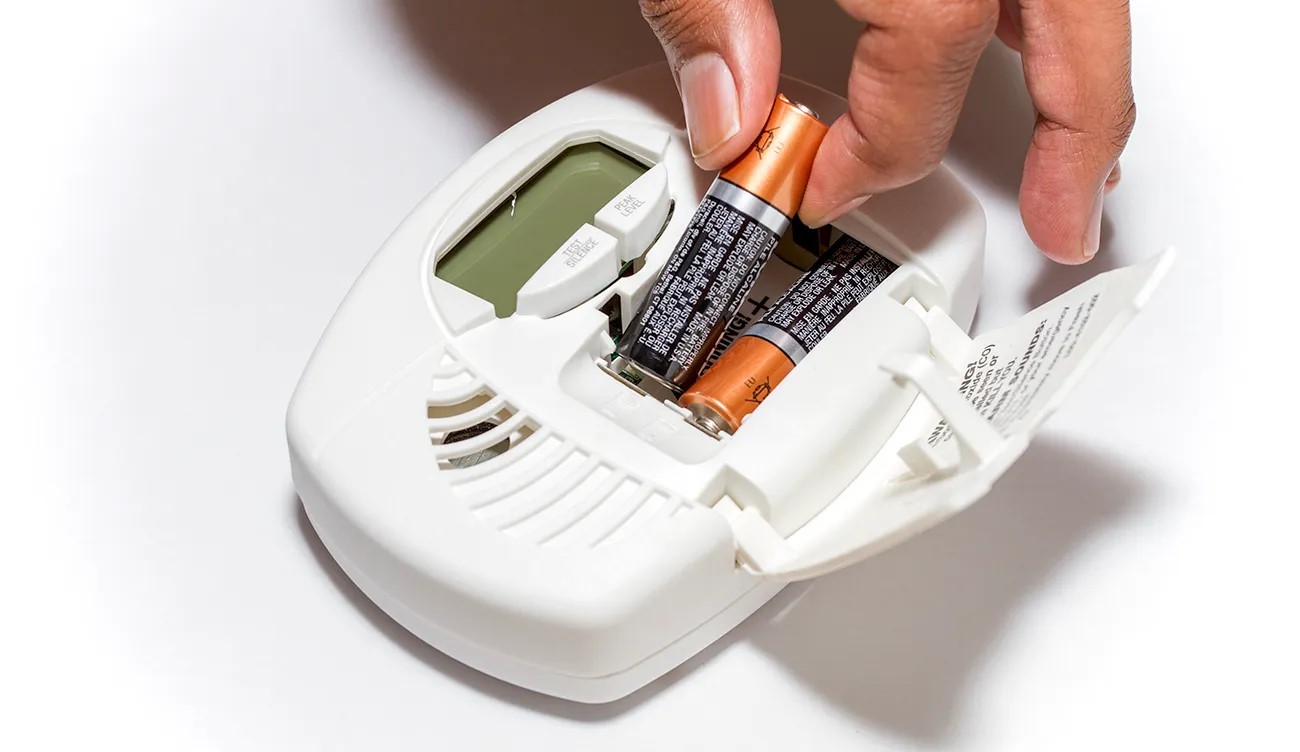
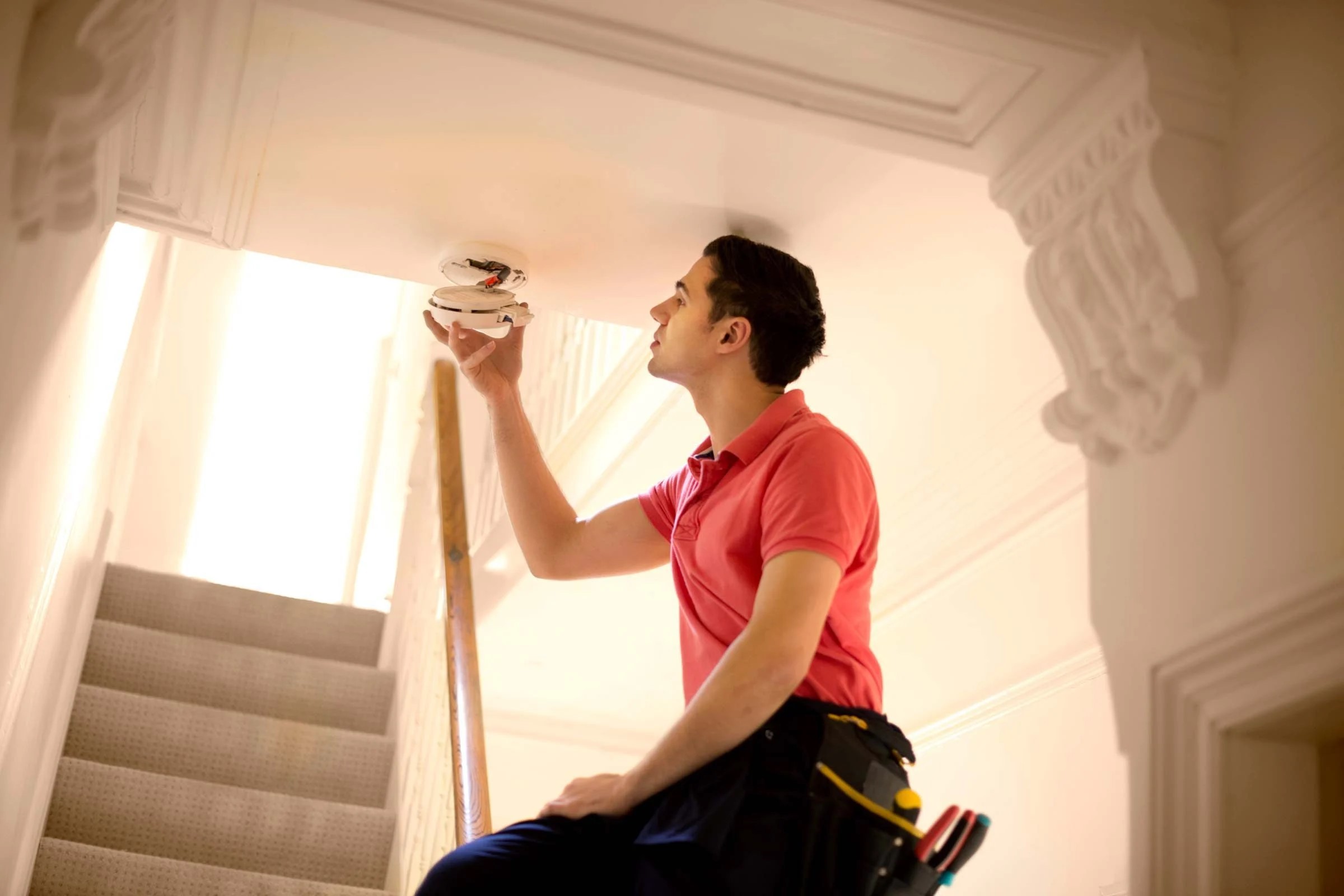
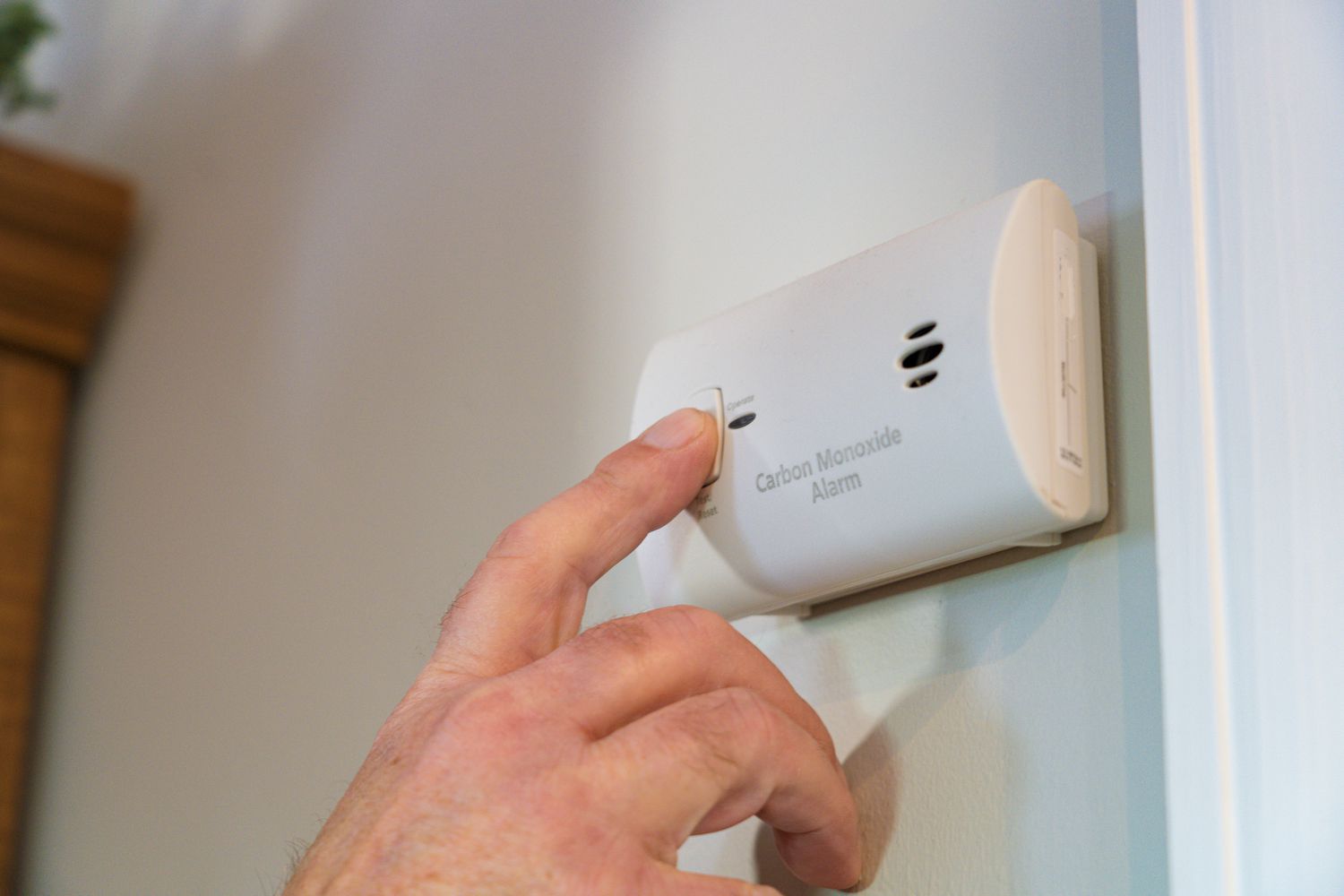
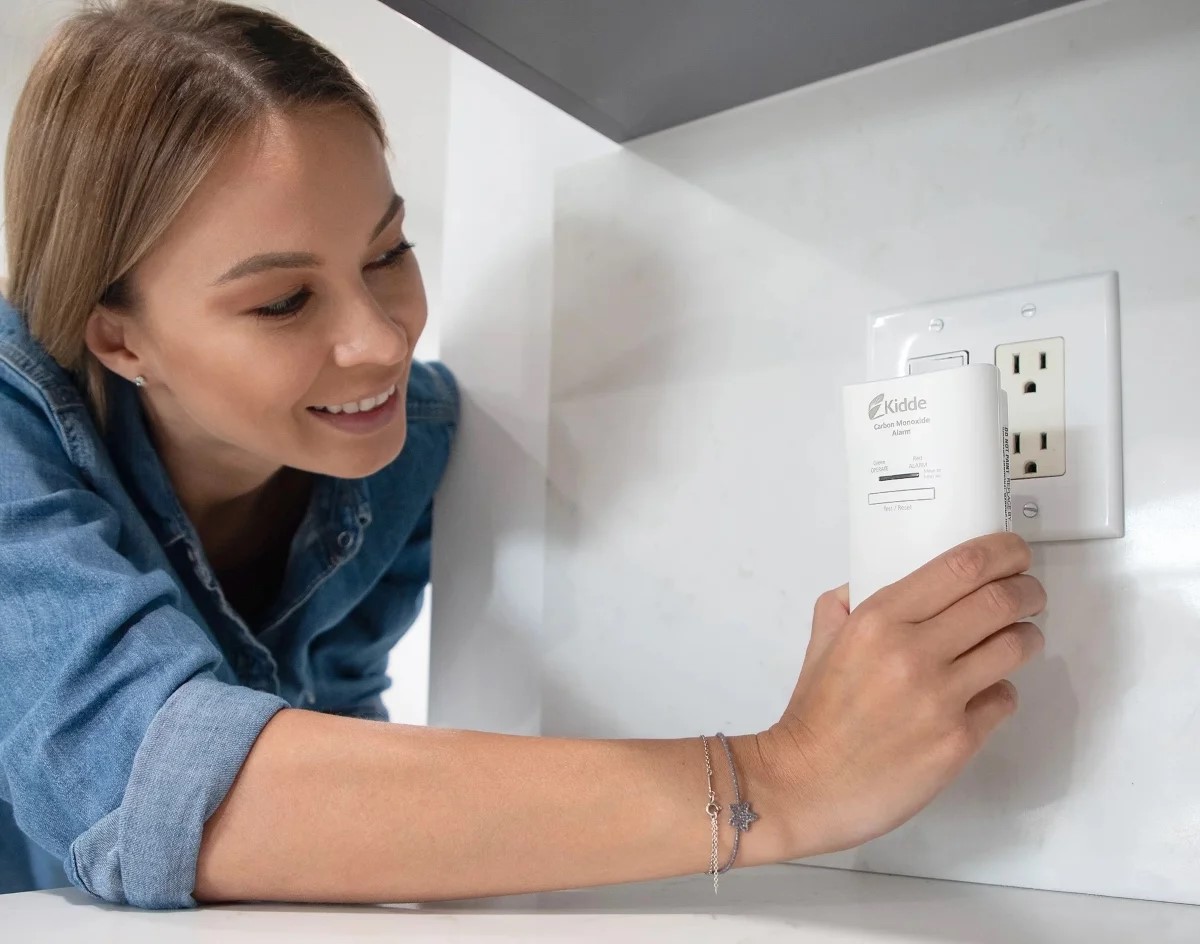
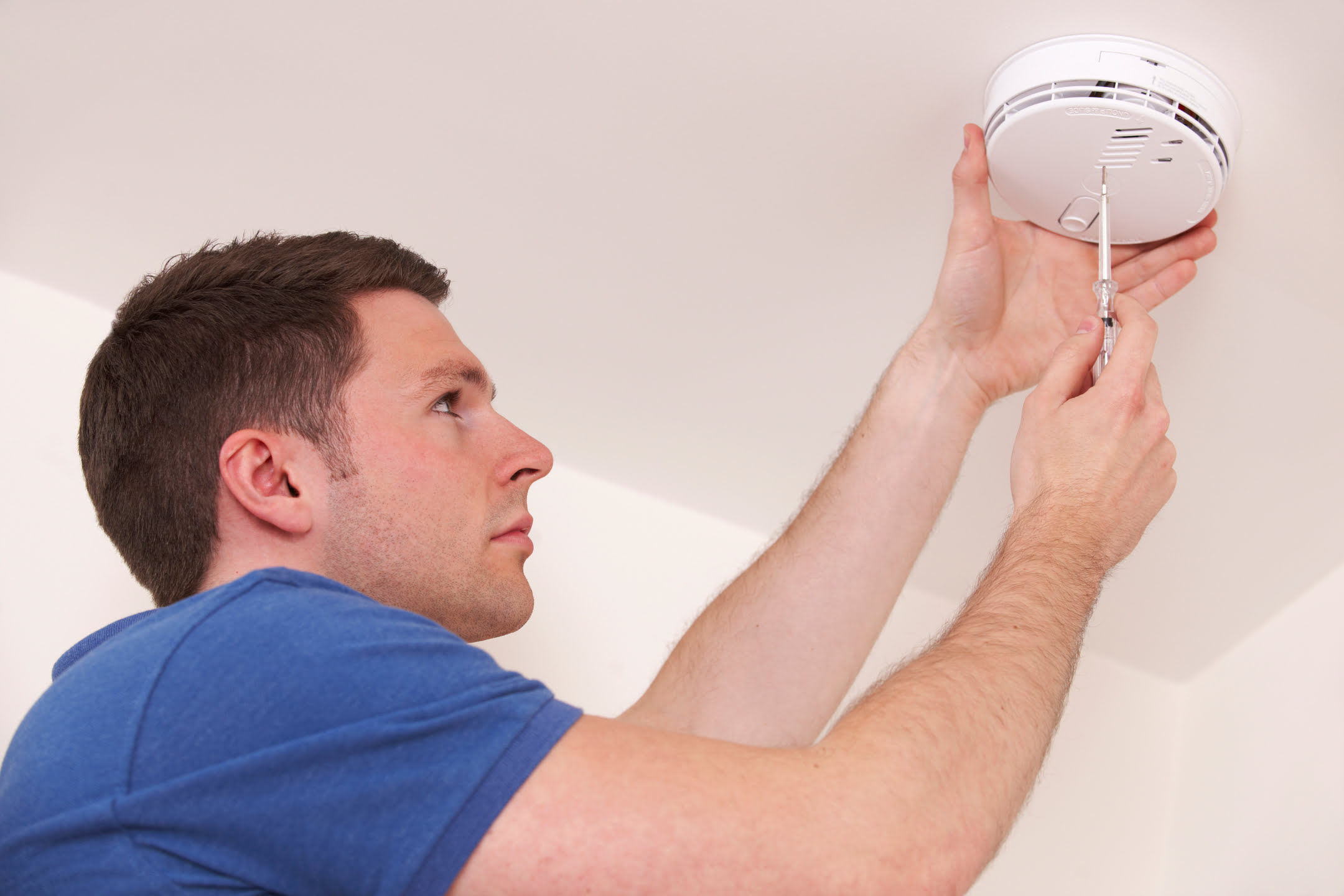
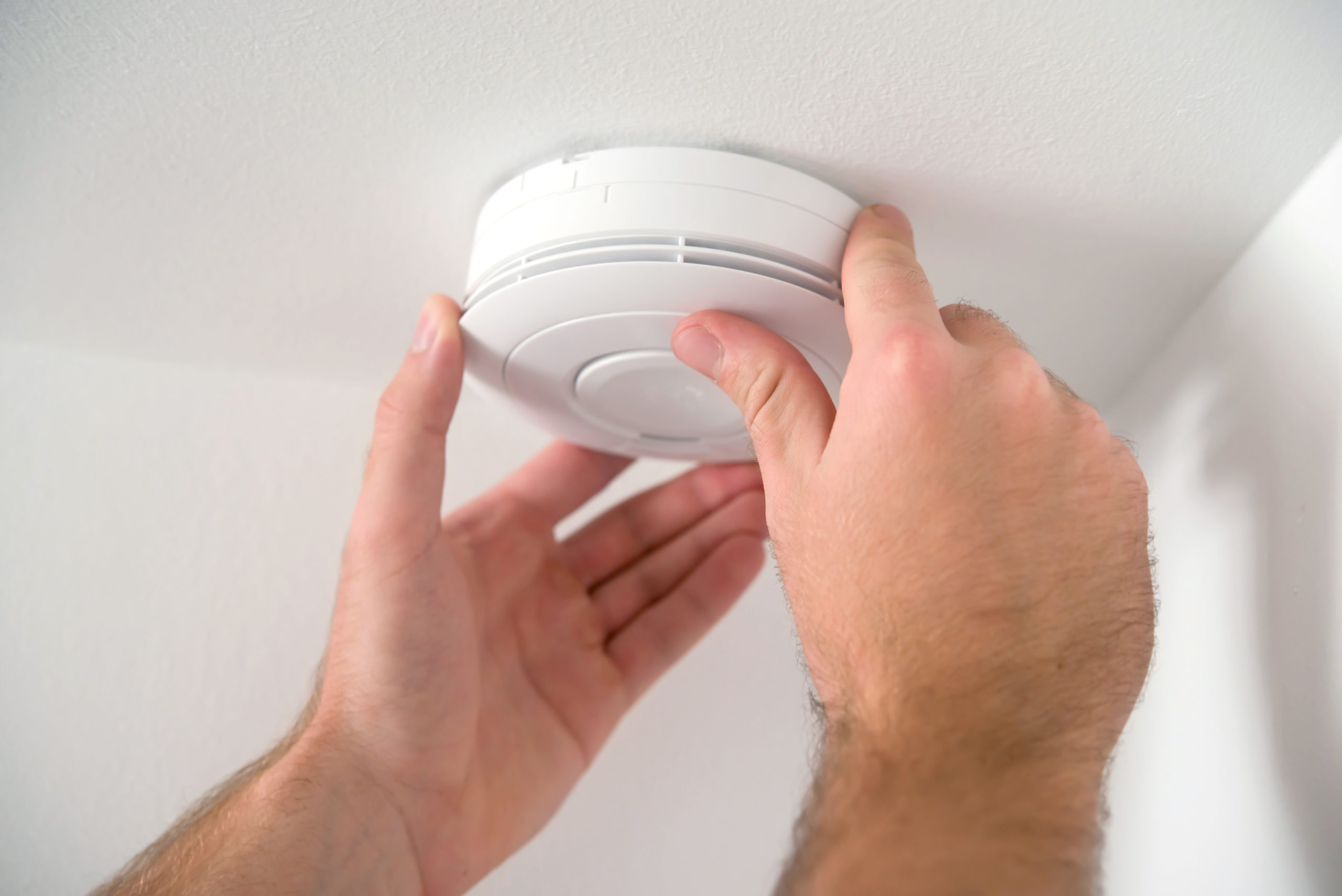
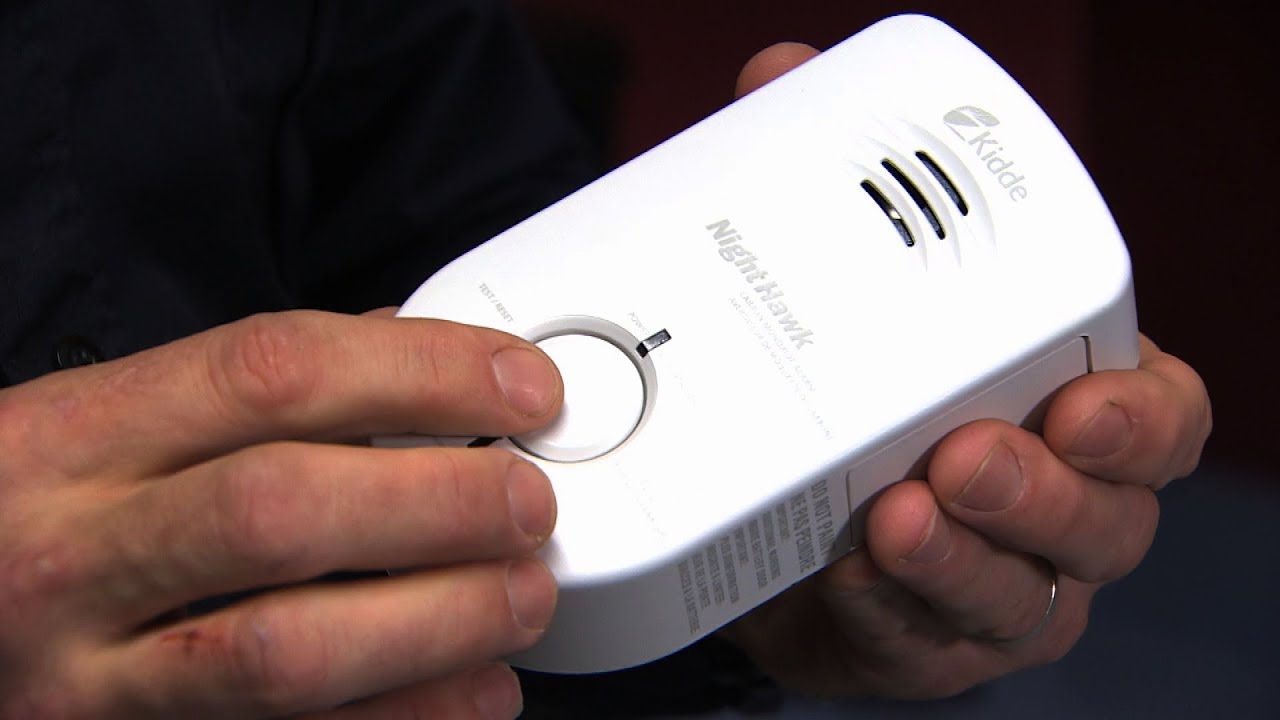
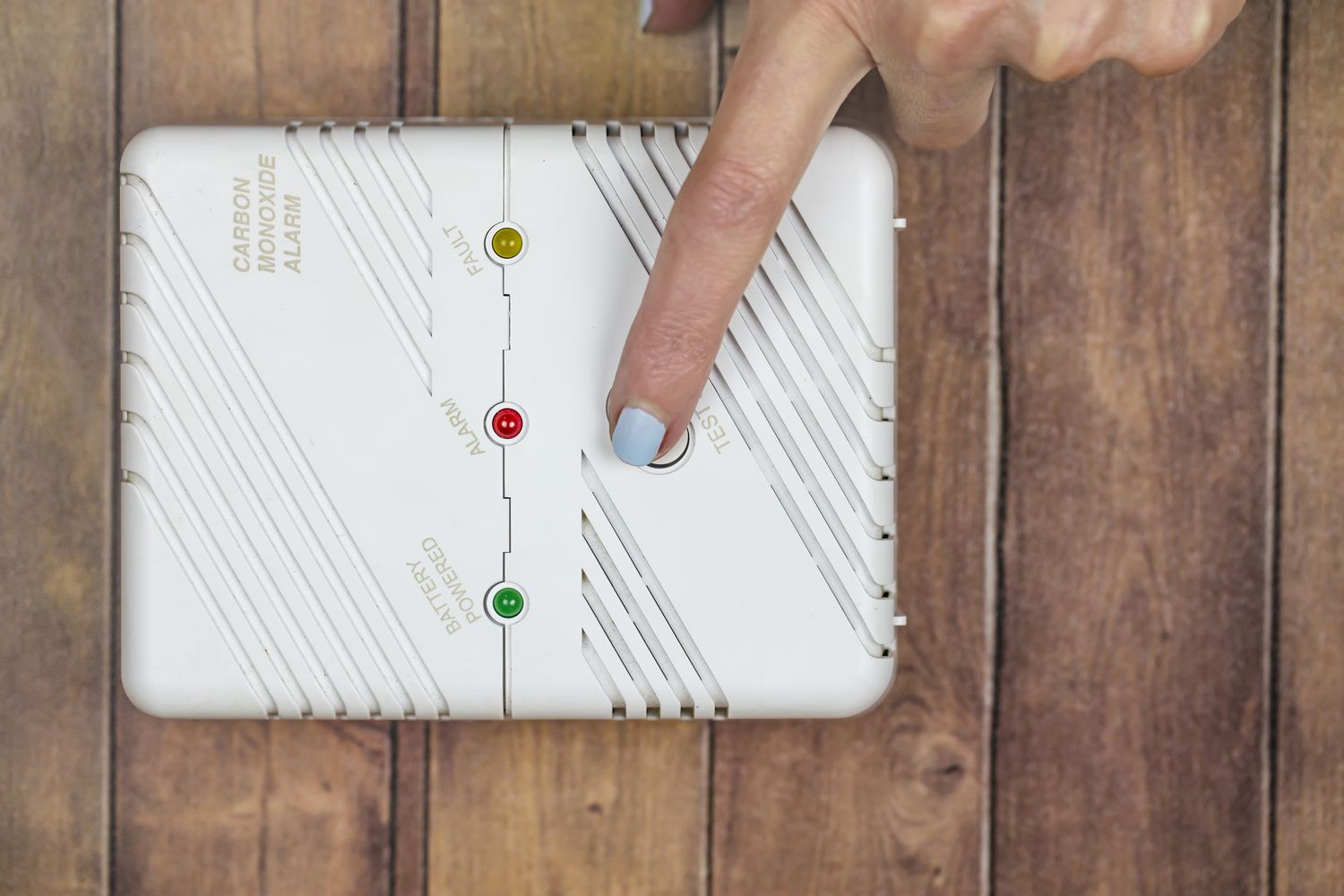
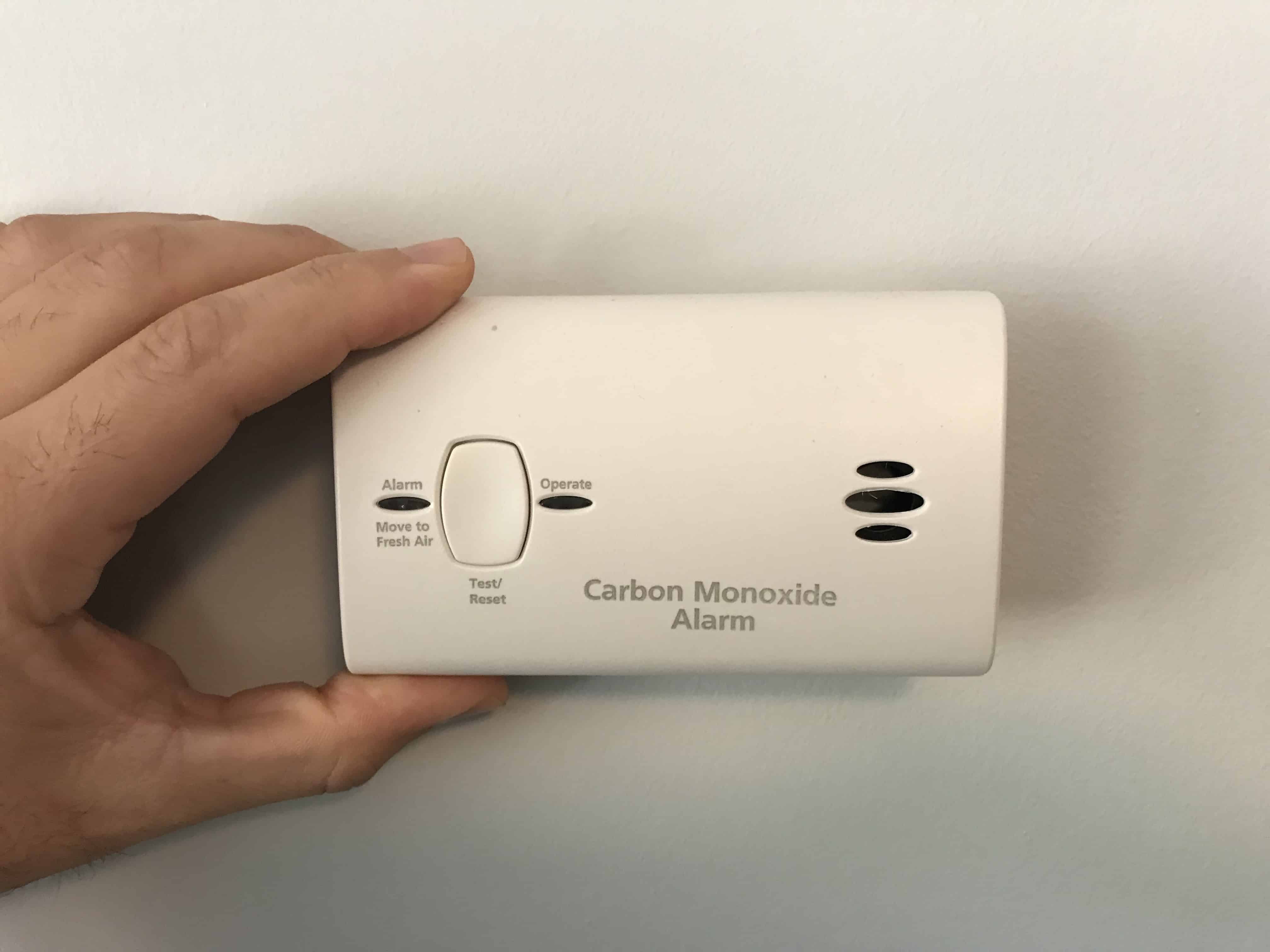
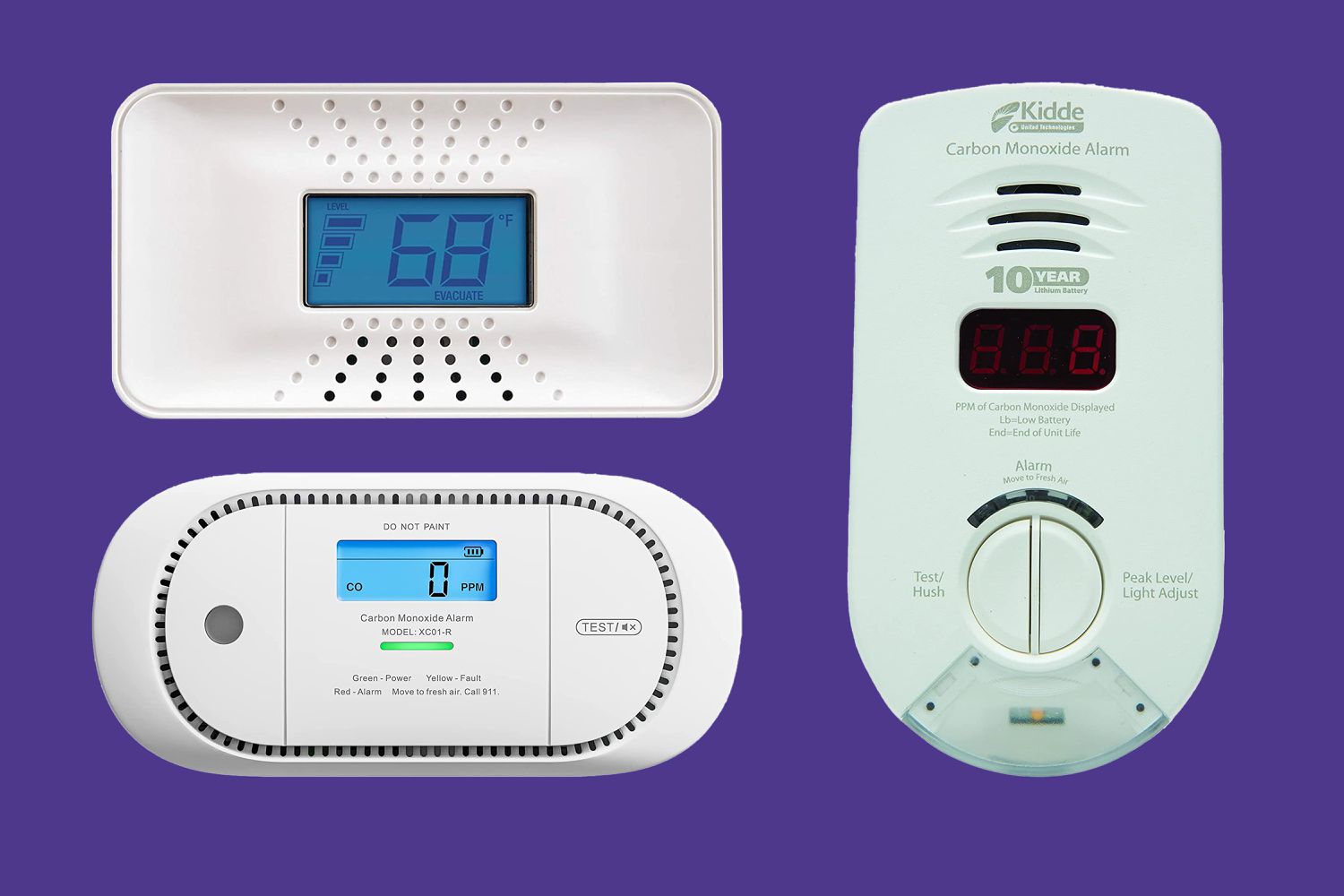
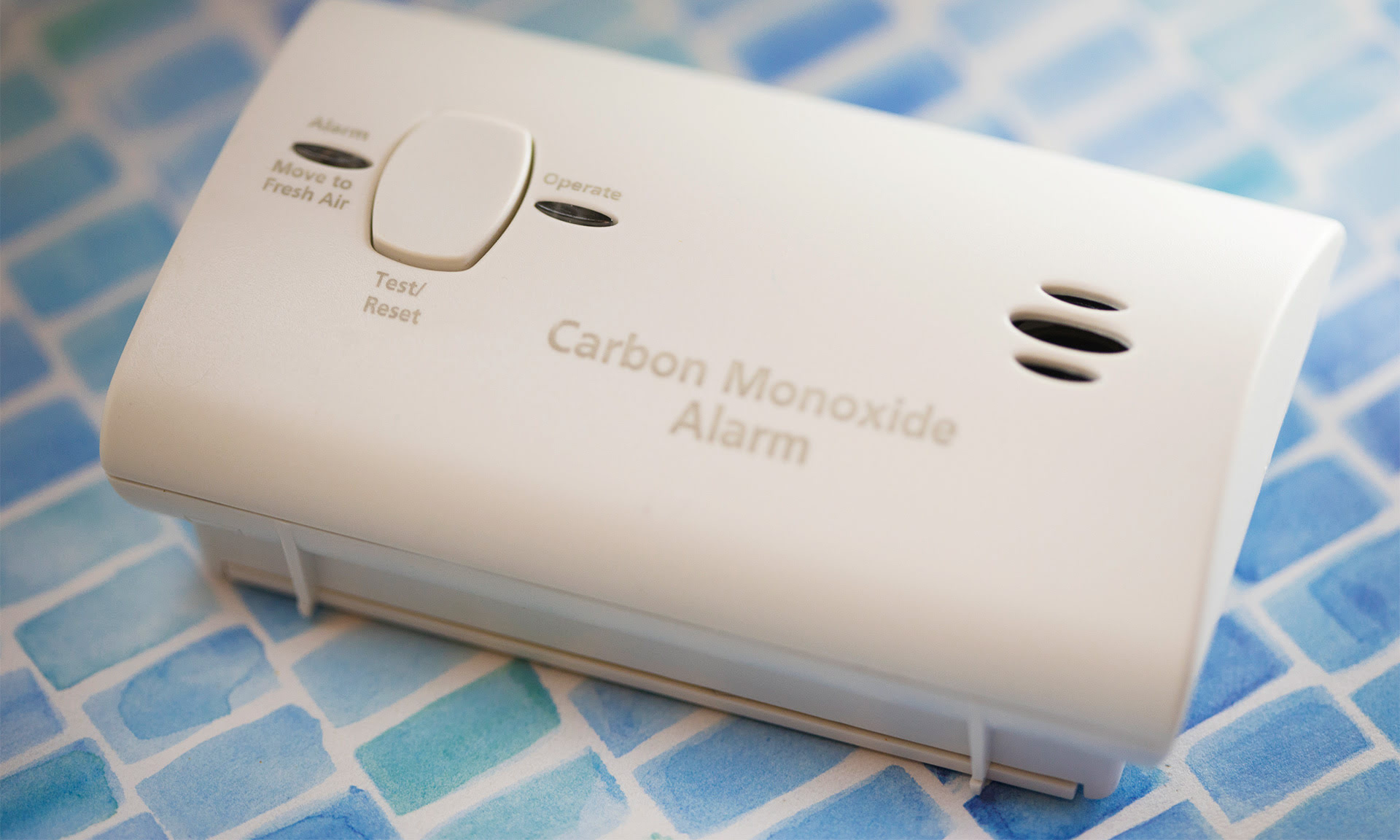
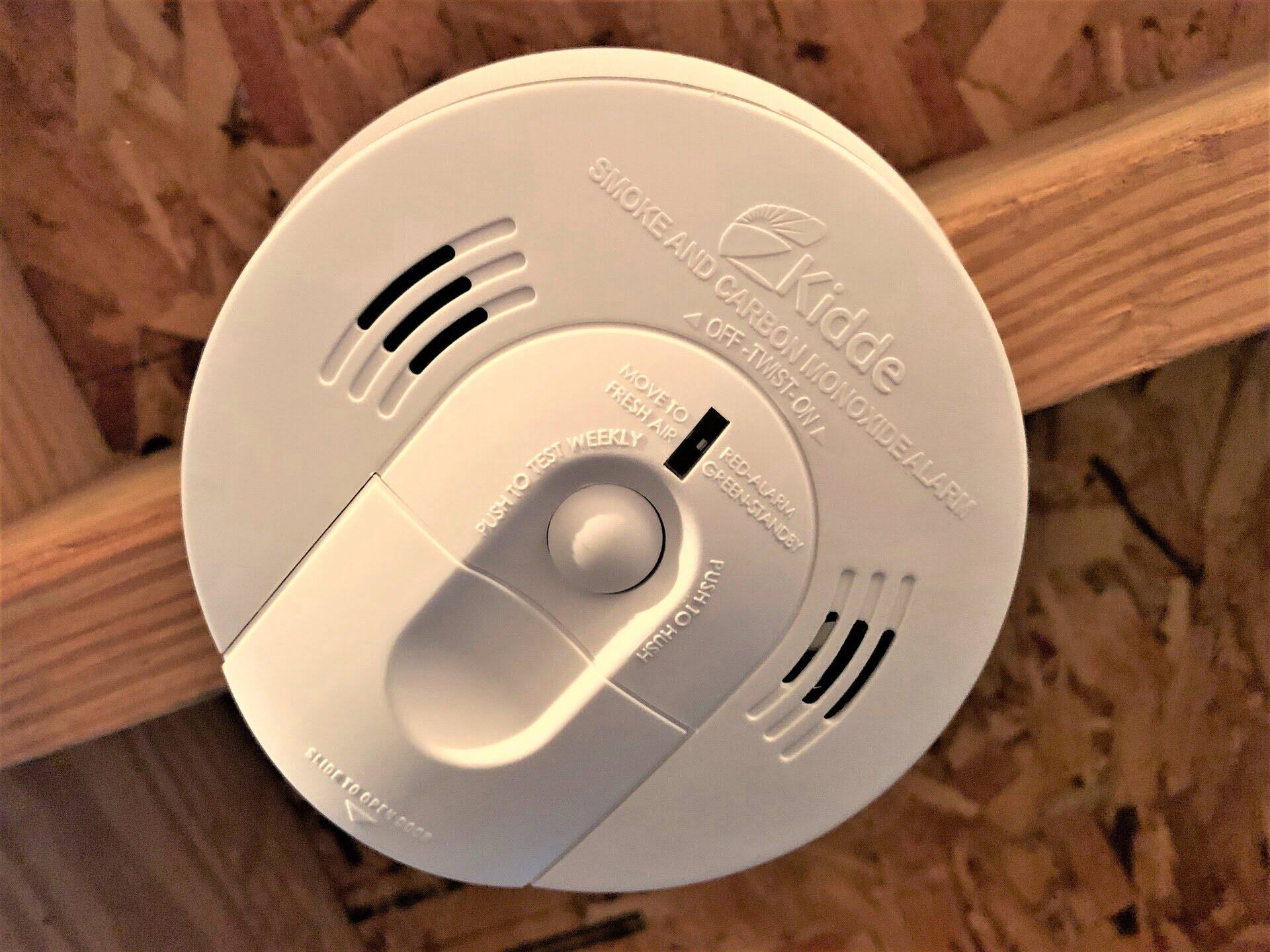

0 thoughts on “How Do I Dispose A Carbon Monoxide Detector”